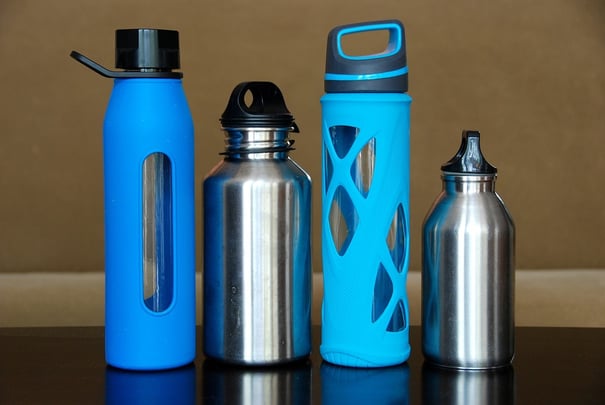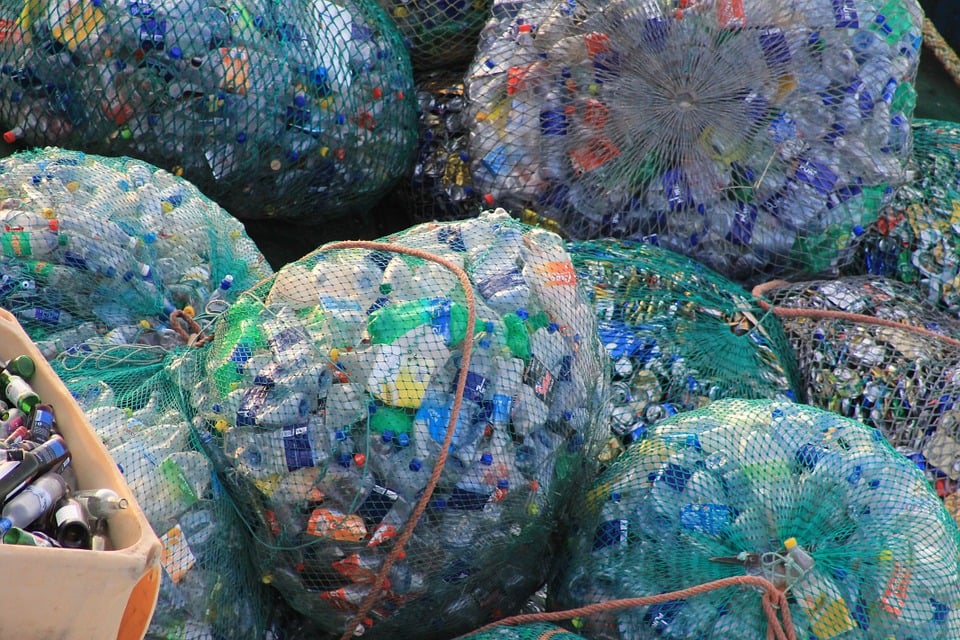The average person should, we are told, drink roughly 64 ounces of water each day, and many of those daily ounces come from plastic bottles. Yet despite bottled water’s prominence if not dominance in the United States, sustainability-minded consumers are increasingly rejecting the fiscally and environmentally wasteful product, turning instead to reusable glass bottles made by brands like LifeFactory and Zula. LifeFactory alone has sold over $20 million of reusable bottles.
One Word: Plastics
Though sales continue to grow year over year, last year saw the smallest increase over the past decade at 6.7%. Despite this small decline, however, plastic bottled water remains incredibly common. Every year, 50 billion water bottles are consumed and 30 billion of those are in the United States. Yes, though we represent only 4.5% of the world’s population, we consume 60% of its bottled water. Every second in the United States, 1,500 plastic water bottles are opened.
How did this all come to be? Some of it can be explained by convenience, sure, but a lot of it has to do with American’s dwindling confidence in municipal water. In a national Associated Press survey following the Flint water crisis, less than half of respondents said they felt very secure in the safety of tap water. “Concerns in places like Flint do bring bottled water to people’s attention as a safe and sealed source of drinking water,” observed a spokesperson for Nestlé Waters. The AP also shed some light on American’s primary water source: 1/3 of all Americans rely exclusively on bottled water, even in their homes.
But grassroots consumer weariness alone cannot explain the rise, which has also been nurtured by advertising campaigns questioning tap water’s safety and taste for over 15 years. One Quaker executive (Quaker owns Gatorade) declared in 2000: “When we’re done, tap water will be relegated to irrigation and washing dishes.”
Breaking the Unbreakable
And yet it would appear that the tide is turning as a steady backlash has been built about the environmental and economic toll the bottles take. We have described the dangers consumers see in an overreliance on plastic, but consider the following facts: Manufacturing a plastic bottle consumes three times the volume of water that bottle would hold; those bottles are recycled at only 20%, will take centuries to decompose—if they decompose at all since many reside at the bottom of the ocean—and leech toxins into the environment.
And it’s not just the environment feeling the impact, but pocketbooks as well. If somebody were to rely exclusively on bottled water to meet their recommended daily water consumption, it would require 1,4000 bottles of water and cost 1,000 times more than the tap, where it would cost $.50.
The multi-front war against plastic bottle waste has been raging for more than a decade now, with college students working to have them banned from campuses (some successfully), cities prohibiting their sale on public property, and activist blogs dedicating thousands of words a year to their eradication.
LifeFactory Wants to be the Death of Plastics

Now companies like LifeFactory, Zula, GoGlass, and Lululemon are all hoping to kill plastic bottles, and make a killing in the process. While their designs differ somewhat, the concept is the same: reusable, dishwasher safe glass water bottles armored in a synthetic casing. LifeFactory, whose recently patented technology uses silicone armor, sold over $20 million worth of glass bottles between 2013 and 2015.
Their popularity speaks not only to customer’s environmental concerns but also their suspicions about the safety of plastic as a drinking vessel. Plastic has long been suspected as a carcinogen, and studies now shows that toxins from bottles often leech into the water itself before consumption. Plastic’s degradation and leeching begins after only ten weeks of storage and is only sped up by direct exposure to sunlight. Users fill the bottles with filtered tap water found at home, work, and increasingly on the go as bottle filling stations join drinking fountains as public utilities.
Thus, LifeFactory, beyond its evocative name, leans firmly into the health benefits of glass over plastic, offering “a full assortment of products for happy, healthy families.” Their customers hope they make for a happy, healthy earth as well.


